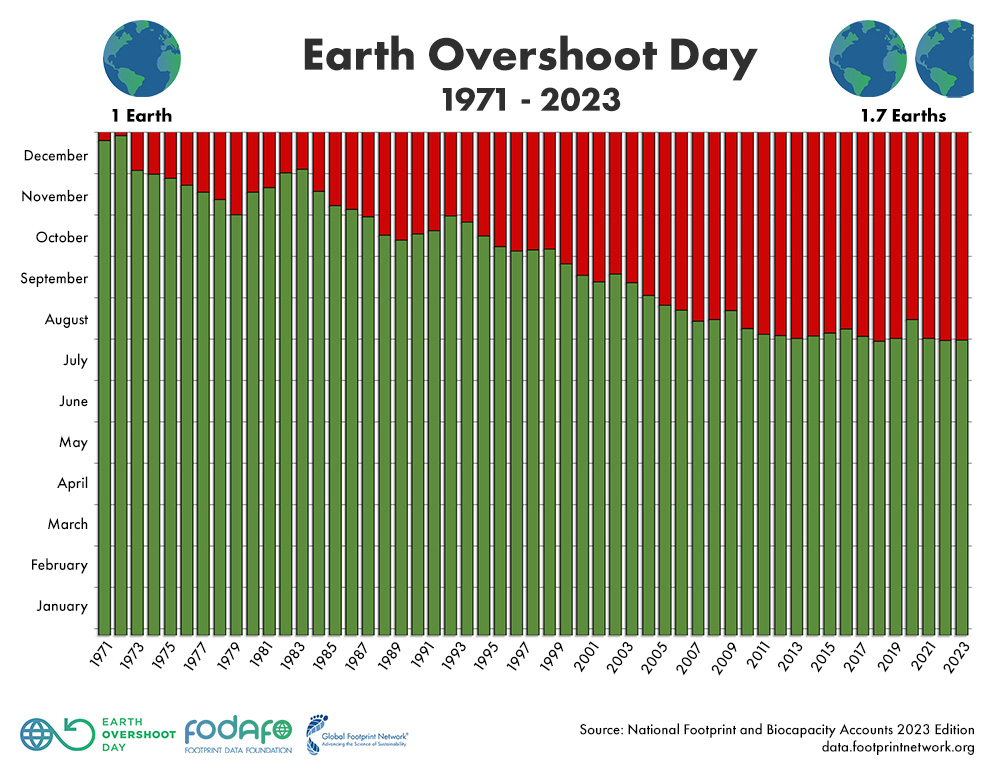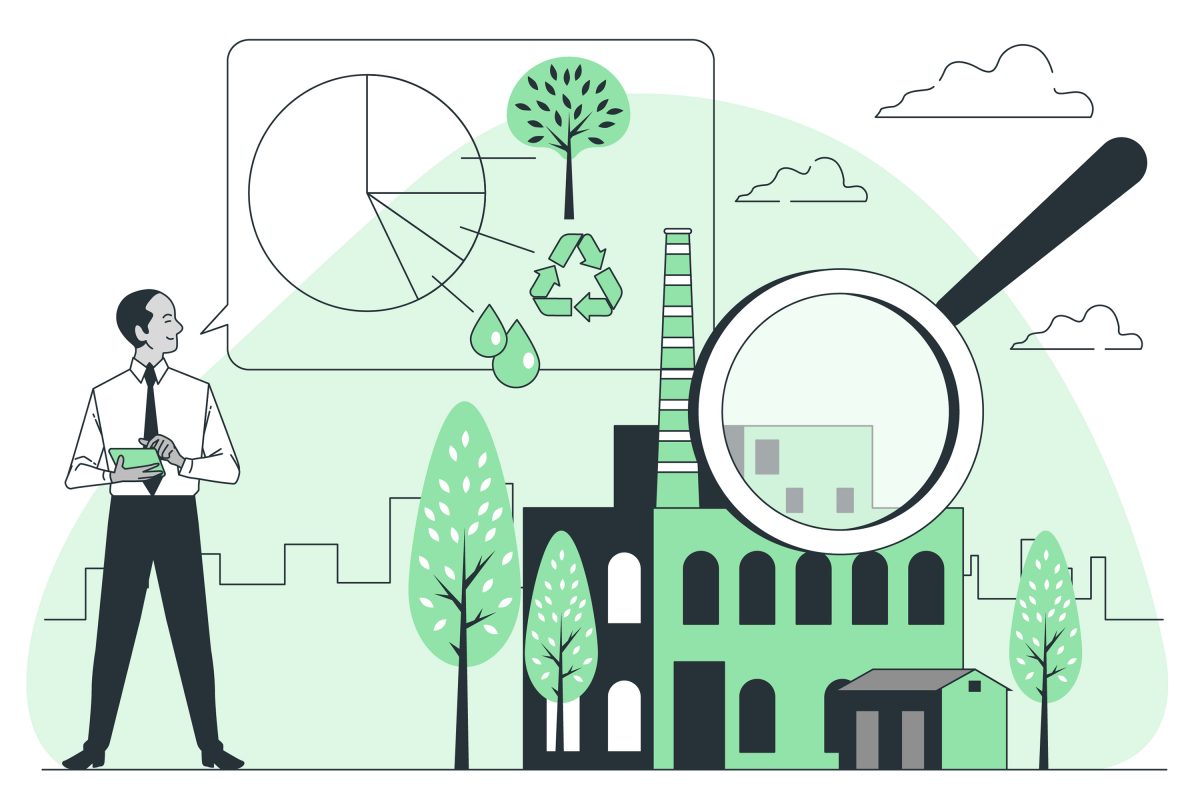BY: Steven Mattern, AIA
Confronting climate change means finding a way to walk forward, yet leave increasingly smaller footprints behind.
Climate and architecture are deeply intertwined and they should stay that way. The long history of architectural form, siting, massing, and materiality has largely been a response to climate and local conditions. New technologies introduced in the early 20th century like electric lighting and air conditioning helped form the illusion that building design could be divorced from climate. The nuclear energy boom in the 1950’s predicted that energy would be too cheap to meter and thus architecture could turn away from climate conditions and instead appeal to our wildest aspirations, limited only by budget. Today, a hundred years after this divorce, we find ourselves sobering up to the results of centuries of industrial-scale fossil fuel use. Times have changed again and the good reasons for the intertwining of climate and architecture are coming back into focus. Now, our built environment is faced with a new challenge: refocus on connection to local climate conditions in order to tackle global climate change. To walk forward means leaving footprints behind. Confronting climate change means finding a way to walk forward, yet leave increasingly smaller footprints behind.
August 2nd of 2023 marked this year’s Earth Overshoot Day, the day of the year where humanity uses more resources than the earth can regenerate in a year. This total, global resource use is known as humanity’s ecological footprint. Projected out to the end of the year it’s estimated that our ecological footprint will be large enough to require 1.7 earths worth of resources. If we keep up this same pace, by 2030 we will need two earths to support our rate of resource use compared to its rate of renewal. Yet, our footprints need to be getting smaller.
Earth Overshoot Day is a way of stating that humanity’s ecological footprint has exceeded the bio-capacity of what earth can support in a given time period. When greenhouse gas emissions – carbon dioxide, methane and nitrous oxide (what we used to simply call “pollution”) – is emitted into the atmosphere, natural systems have historically absorbed it. Bigger building footprints mean bigger ecological footprints, or how much space (including forests, oceans, etc) would be needed to absorb that pollution and regenerate those resources. This is simply another way of measuring how human activities are changing our climate, arguably the defining crisis of the 21st century. Its impacts are being felt all over the world and pose direct threats to critical life support systems provided to all living things by our planet and atmosphere. The debate about the causes of climate change is over and we’re now beginning to feel its effects.

These days it’s impossible to absorb news and not be confronted with the dire effects of climate change gripping different parts of the world. From hotter temperatures to more severe storms, increased drought, a warming and rising ocean, loss of species, not enough food, poverty and displacement, the effects are numerous, widespread and downright terrifying and depressing. For those of us who are part of the design of buildings and cities, architects and planners share a deep responsibility to be aware of and apply our skills and resources to combat this emergency. Considering how the built environment contributes nearly 40% of global greenhouse gas emissions, architects, engineers and planners are deeply involved in the flows of materials, energy and ideas that either combat the problem or exacerbate it. ArchDaily puts it well when they write, “While there is no “one solution” to the multifaceted challenges brought about by this crisis, there is an onus on every citizen, in both a personal and professional capacity, to apply their skills and actions in addressing the profound pressures on the natural world.”
At Studio Southwest Architects, we’re not shrinking away from that onus. We’re redefining our company, our brand and our workflows to face this challenge head-on so we can continue to be proud of our work. To that end, we’re in the midst of making numerous internal changes, perhaps most significantly signing on to the AIA’s 2030 Commitment. In their words it’s, “…an actionable climate strategy that gives us a set of standards and goals for reaching net zero emissions in the built environment.” Change is hard and this shift in our business isn’t quick or easy but we’re passionate since we understand it’s a existential issue and therefore of critical importance.
As architects, we need to return to our roots in order to face 21st century climate facts. We need to remember that there are valuable reasons building form, siting, massing and materiality have historically been driven by local climate conditions. We need to re-embrace the connection between building and climate rather than over-prioritizing HVAC and electric lighting systems and initial cost savings. We need to rediscover and reemploy the classic principles of passive design – solar orientation, natural daylighting, natural ventilation, thermal mass – used effectively throughout our long history – to address the challenges we face today.
As with any monumental change, we can’t do it alone. Architectural design in the 21st century must become more interdisciplinary as Green Building has long advocated. Early collaboration, rather than the traditional top-down approach to design is a big step in the right direction. Let’s rediscover new ways to engage our buildings with their local climates in order to reduce and ultimately eliminate fossil fuel use. In other words, let’s move forward but leave smaller footprints behind.
 Steven Mattern, AIA, CDT
Steven Mattern, AIA, CDT
With a lifelong passion for design, craftsmanship, and modeling, Steven brings a keen interest in the blending of the technical and aesthetic. A diverse background in engineering, art, and architecture provides a broad platform from which he approaches the challenges of the craft.
References
- https://cosmosmagazine.com/earth/sustainability/earth-overshoot-day-2023/
- https://www.epa.gov/climatechange-science/causes-climate-change
- https://www.archdaily.com/931240/the-facts-about-architecture-and-climate-change
- https://www.pewresearch.org/short-reads/2023/04/18/for-earth-day-key-facts-about-americans-views-of-climate-change-and-renewable-energy/
- https://www.aia.org/pages/6464938-the-aia-2030-commitment



